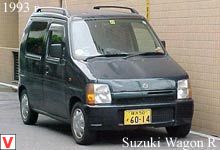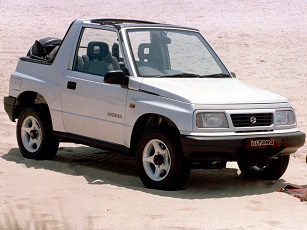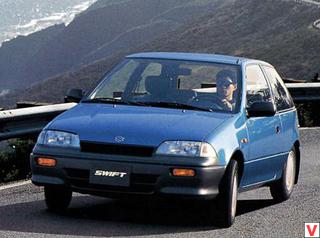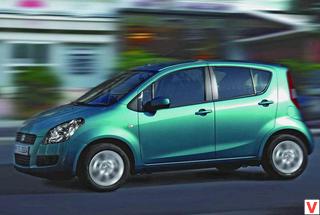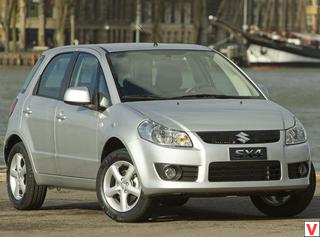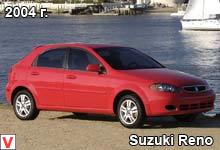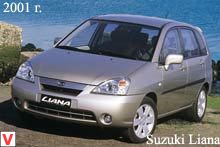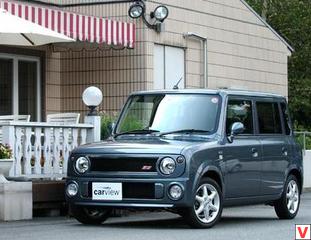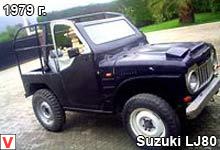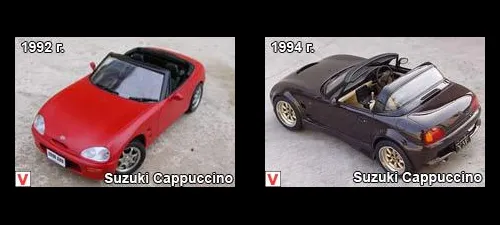
The Suzuki Cappuccino model is a small 2-door, two-seater hardtop roadster, which was first introduced by the Japanese car company Suzuki in 1991. The first presentation of the car outside of Japan was held in October 1992 at the British International Auto Show. One of the main ideas in those days was to create a car that would be economical in paying taxes and insurance in Japan. However, it is worth noting that this did not become an obstacle to creating a truly sports car. The sporting spirit of the Suzuki Cappuccino is laid, as in the exterior, and in the technical equipment. As for the exterior, a removable hardtop, which in turn consists of three parts, plays an unimportant role.
As a result, the car could act as a coupe, T-top, cars in the back of a targa, as well as a convertible (for this it was enough to remove the rear window). The wheelbase of the car was 2,060 mm, length - 3,295 mm, width - 1,395 mm, and height - 1,185 mm. Under the hood, the Suzuki Cappuccino had a longitudinally turbocharged three-cylinder, 12-valve DOHC engine with a volume of 0.7 liters and 64 hp. with distributed fuel injection and intercooler. The first version of the engine was called the F6A, and later the K6A engine was installed, which was lighter and had a chain drive instead of the belt used in the F6A engine.
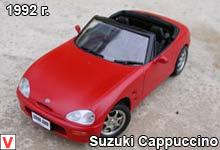
Such a power unit paired with a 4-speed manual transmission allowed to reach a maximum speed of 150 km / h. It is worth noting that the weight of the car was only 700 kg. The brake system included front and rear disc brakes. The front and rear suspension were spring double-lever. The car was also equipped with an electronic power steering.
Drive at the roadster was rear. In 1995, a modification of the Suzuki Cappuccino was released under the name EA21R, which included a 3-speed automatic transmission. As an option, the manufacturer offered to equip the car with a driver's airbag and an anti-lock braking system (ABS).
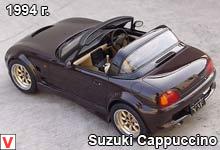
Also, some cars were equipped with electric side mirrors. Production of Suzuki Cappuccino at the Kosai plant was completed in 1997, and car sales ceased at the end of 1998. For the entire production time from 1991 to 1997. 28 010 roadsters were released.
